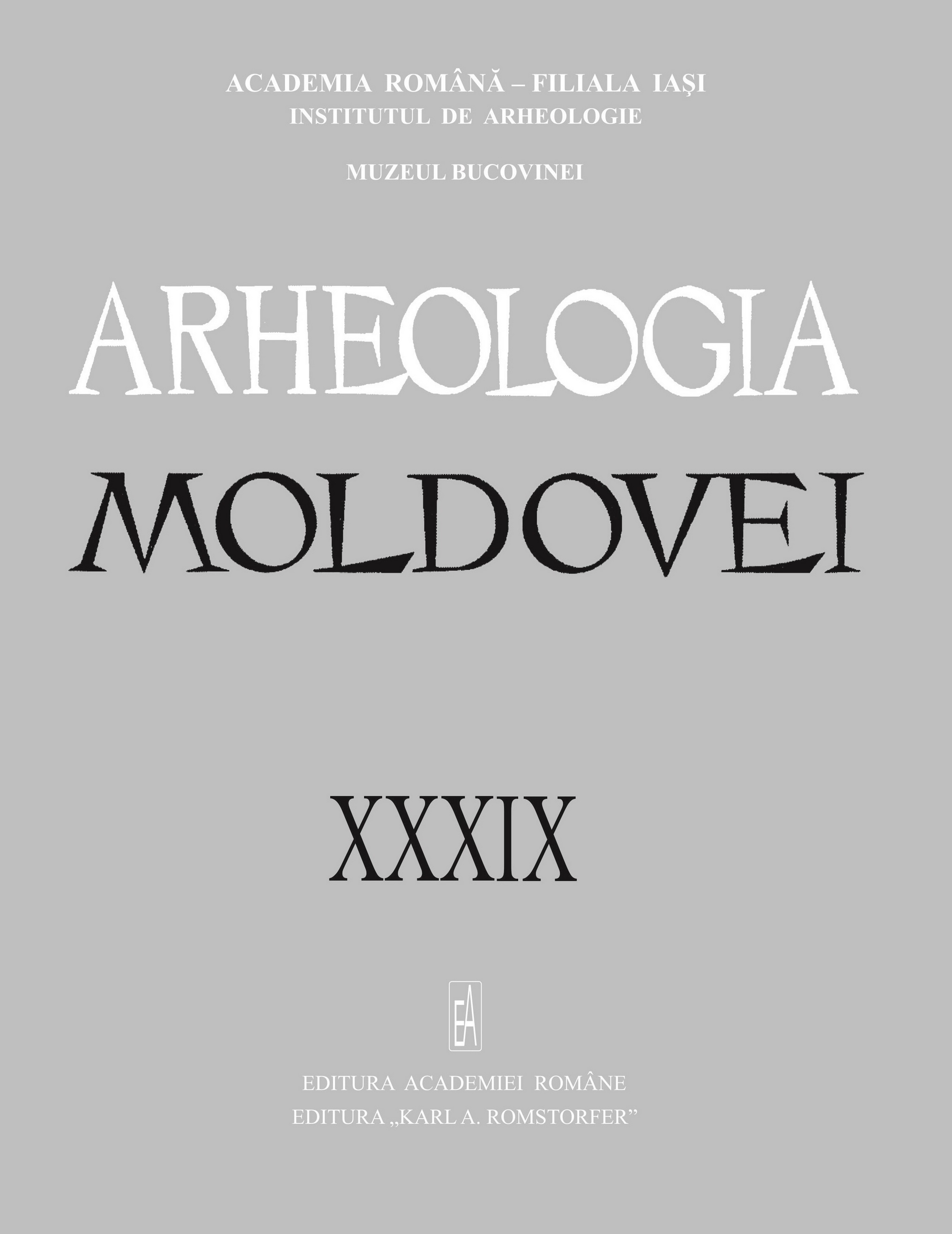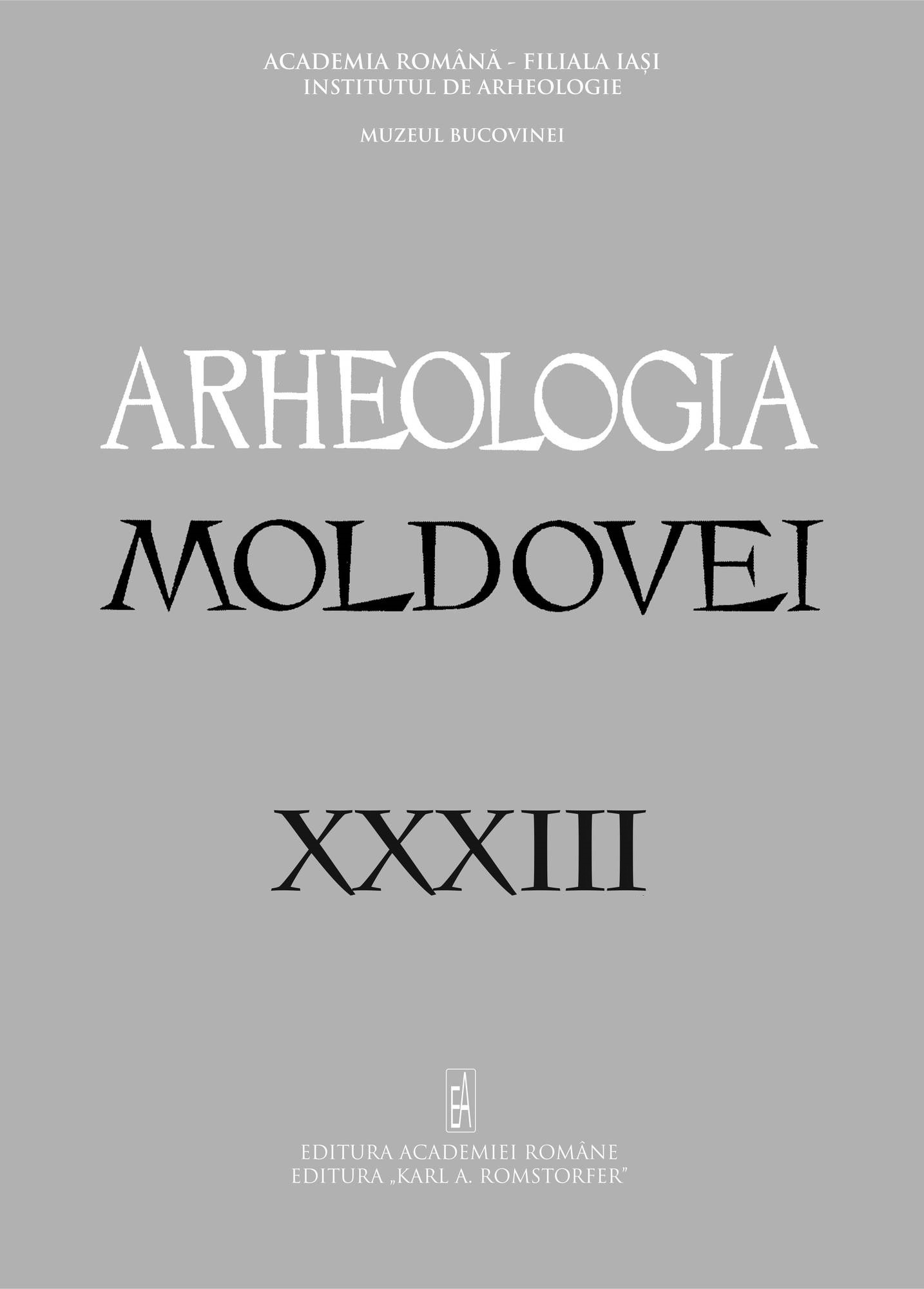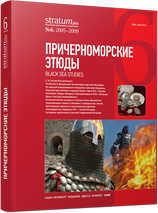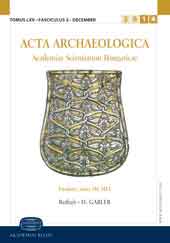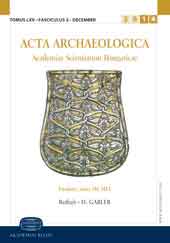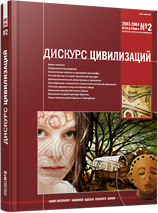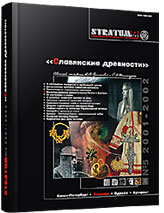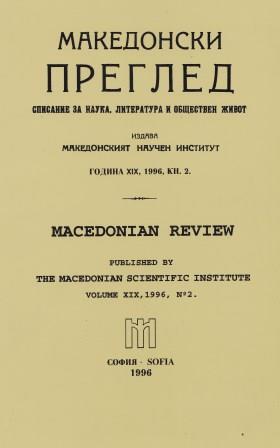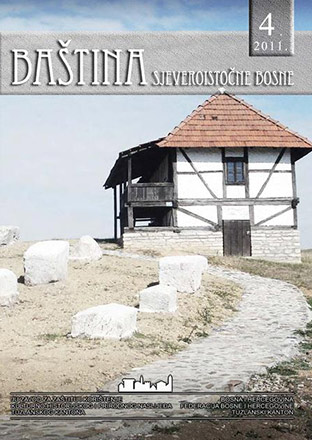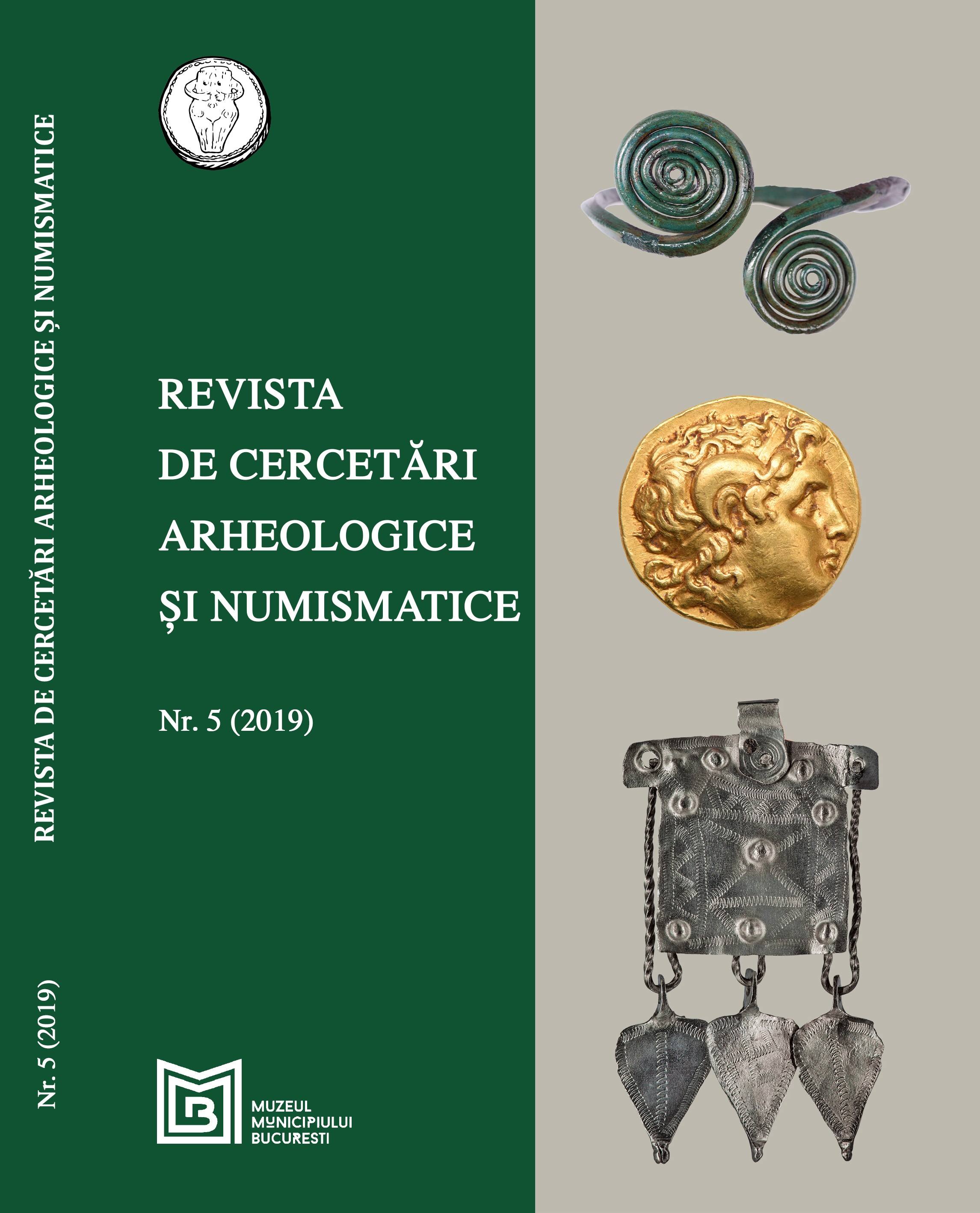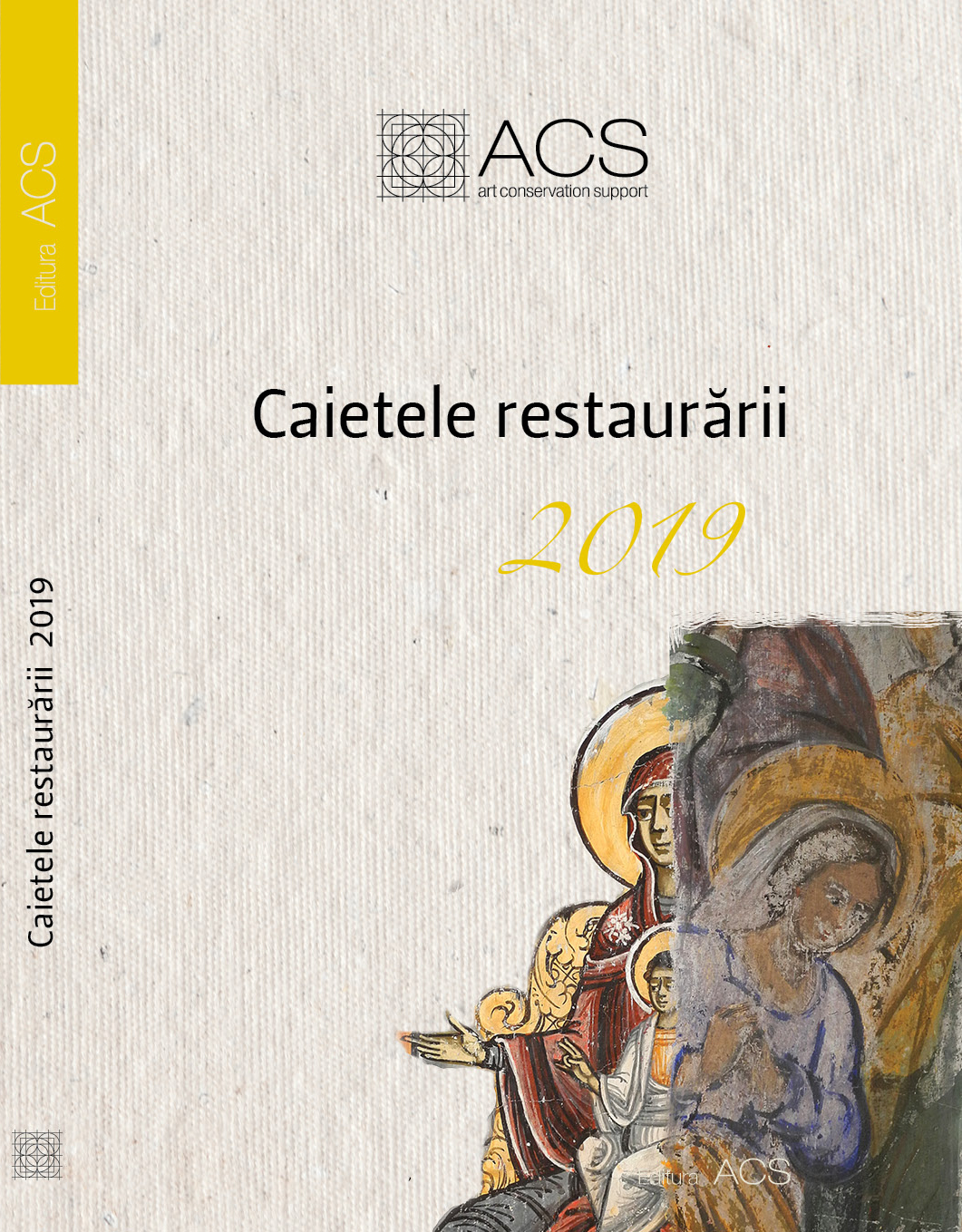Author(s): Paraschiva-Victoria Batariuc / Language(s): Romanian,French
Issue: 1/2010
Dans le vaste espace qui se trouvait sous la maîtrise du khan de Saraï, dans les zones avec vie citadine de Crimée, au nord du Caucase, Horezm, sur le cours inférieur de la Volga, mais aussi dans l’interfleuve situé entre le Prout et le Dniestr, on a produit une espèce céramique connue dans la littérature de spécialité soviétique sous le nom de «céramique rougeâtre – jaunâtre» (krasno-jeltaja keramika). La céramique rougeâtre – jaunâtre est caractérisée par une pâte très fine, avec du sable bluté et de rares granules de calcaire, avec des surfaces lisses et facilement poussiéreuses au toucher. Elle a été modelée au tour avec giration moyenne et a été brûlée en atmosphère oxydante de manière unitaire, les parois présentant une couleur rougeâtre – jaunâtre uniforme, dont elle a pris le nom. Les formes rencontrées sont l’amphore avec deux anses, la cruche en forme d’amphore, la cruche de dimensions moyennes et petites, prévue avec bec de fuite, des pots avec une ou deux anses, des poêles globulaires avec deux anses, des pots de petites dimensions, des brocs. La grande majorité des vases qui s’encadrent dans la catégorie de la céramique rougeâtre – jaunâtre présente un répertoire décoratif appartenant au registre géométrique : des lignes striées ou en vagues, simples ou en bandes, des guirlandes incisées, des impressions réalisées avec un instrument similaire à un peigne disposées obliquement, des lignes lustrées, verticales ou en réseau. La céramique rougeâtre – jaunâtre a été découverte surtout dans un périmètre limité à l’est du Dniestr, à l’ouest du Siret, au nord du basin inférieur de Răut et de Bahlui et au sud de celui de Botna. Des pots et des fragments de pots ont été découverts à Orheiul Vechi, Costeşti, Lazova, Cetatea Albă, Chilia, Hansca, et dans les territoires à l’ouest du Prout, dans les habitats de Pâlneşti Vaslui, Bîrlad–Prodana, Hlincea, ainsi qu’aux environs du Danube, à Păcuiul lui Soare et Tichileşti, dans le département de Tulcea. Les dimensions réduites des fragments découverts à l’ouest du Prout ne permettent pas l’établissement avec précision du répertoire de formes. On peut supposer que la grande majorité de ces fragments proviennent de bols sans anse, mais aussi de cruches de grandes dimensions, avec une ou deux anses. Les plus nombreux fragments appartenant à «la céramique citadine» ont été découverts dans l’habitat de Mihoveni–Cahla Morii (des fragments qui proviennent de plus de 30 vaisse aux différents). La présence des fragments céramiques qui appartiennent à «la céramique citadine» en centres compris dans l’espace d’entre les Carpates et le Prout, des territoires qui ne se sont pas trouvés de manière directe sous la domination de la Horde, étant seulement contrôlés par les Tatars, peut être mise en liaison avec l’activité des marchands qui, à l’abri offert par Pax Mongolica, ont véhiculé de divers produits orientaux, tout en commençant avec le milieu du XIV-ème siècle et presque jusqu’à sa fin.
More...
